Usually few folks admit to using an adjustable wrench. Some won’t even claim to own one (I confess: I own eight of them). The reason is, the adjustable wrench has a nasty reputation of slipping—busting your knuckles in the process. Worse yet, they’ve been known to round-off the heads of nuts and bolts.
Regardless, adjustable wrenches are still very handy in countless applications. Aside from turning fasteners, they’re great for bending short sections of sheet metal. The jaw length on some might be larger than on a conventional open end or combination wrench. Because of that, they just might be the right size and shape to get into tight spots.
And for some folks, they make for a great hammer.
Some Context and History Behind the Adjustable Wrench
Where did these wrenches come from? They were actually invented by a Swedish immigrant Karl Peterson.
Right around 1907, he came up with the open-end adjustable wrench. The idea here was to design a single tool that could replace a complete set of dedicated wrenches. As a result, the Crescent® wrench brand was born.
Even though “Crescent Wrench” is a registered trademark, the name itself has become synonymous with the words adjustable wrench, much like other popular brand names—for instance Kleenex, Zamboni, and Xerox—are often used interchangeably with their respective products.
Yet a number of companies manufacture these versatile tools. In fact, Summit Racing offers dozens of different types of adjustable wrenches. We’ll get to some examples in a moment, but first let’s go over the limitations of adjustable wrenches and discuss a few tips on how to use them.
How to Use an Adjustable Wrench Properly
Truthfully, adjustable wrenches come in handy from time to time—but they should never be used as a regular substitute for an open end or box end wrench, particularly when dealing with higher torque loads. I’m sure you don’t need to be reminded, but use some caution when pulling hard on an adjustable wrench.
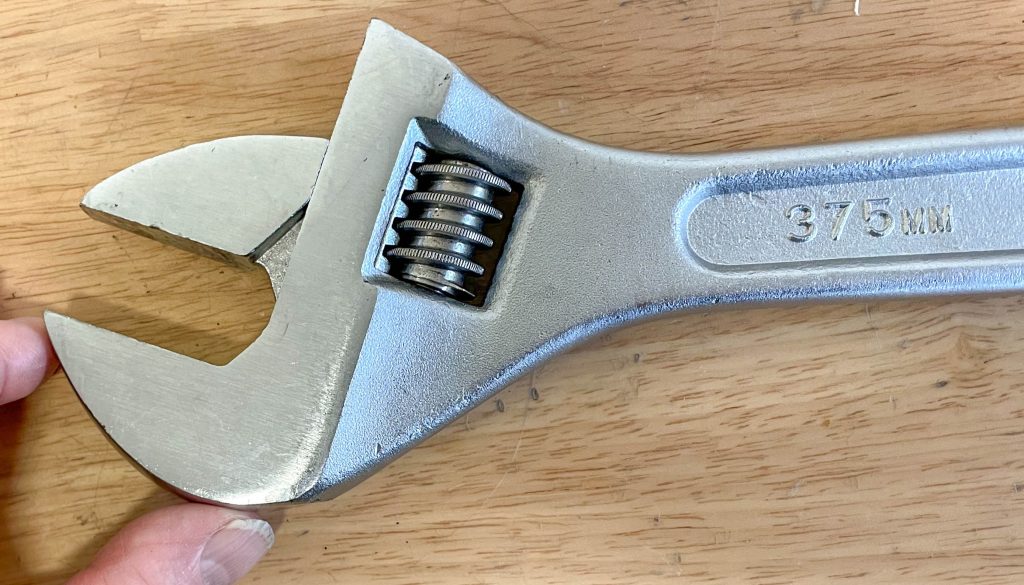
Adjustable wrenches can be pulled in either direction for light loads, but when you need to lean on them, keep in mind their greatest strength is when pressure is applied to the side of the wrench with the fixed jaw.
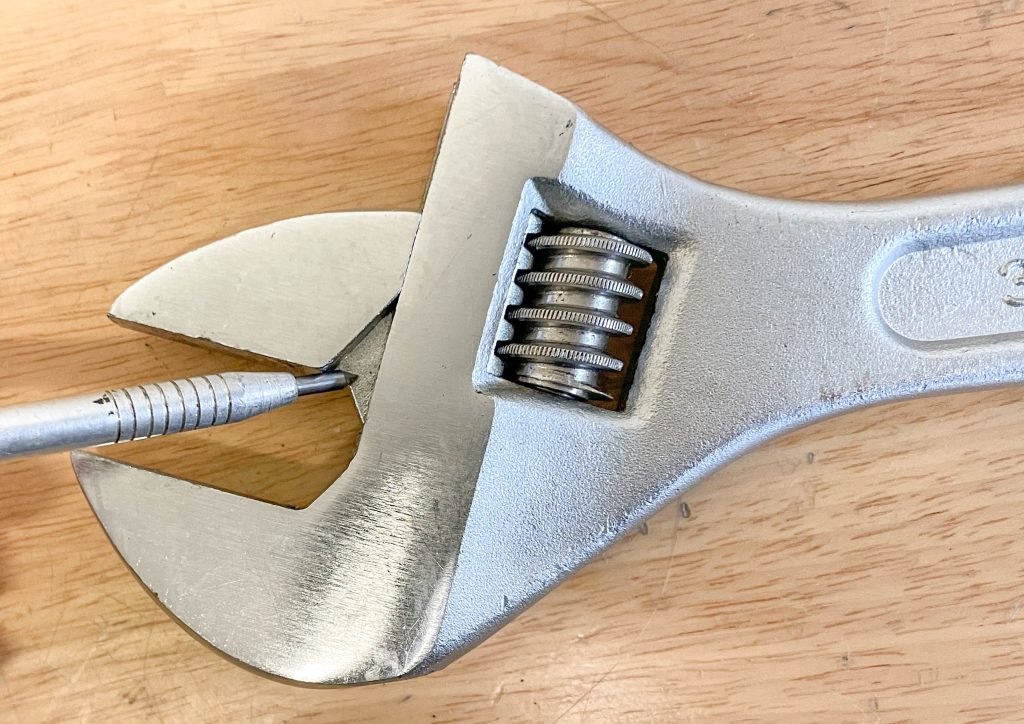
During use, always make sure the wrench is properly adjusted (by turning the knurled nut as tight as possible against the bolt head or nut) before you attempt to tighten or loosen any fastener
On a similar note, it’s really a good idea to inspect these wrenches occasionally for cracks in the web area (the sliding jaw part). You should also check to ensure the jaws remain parallel. Finally, check for proper operation of the knurled nut. If anything here looks out of whack, don’t use the wrench.
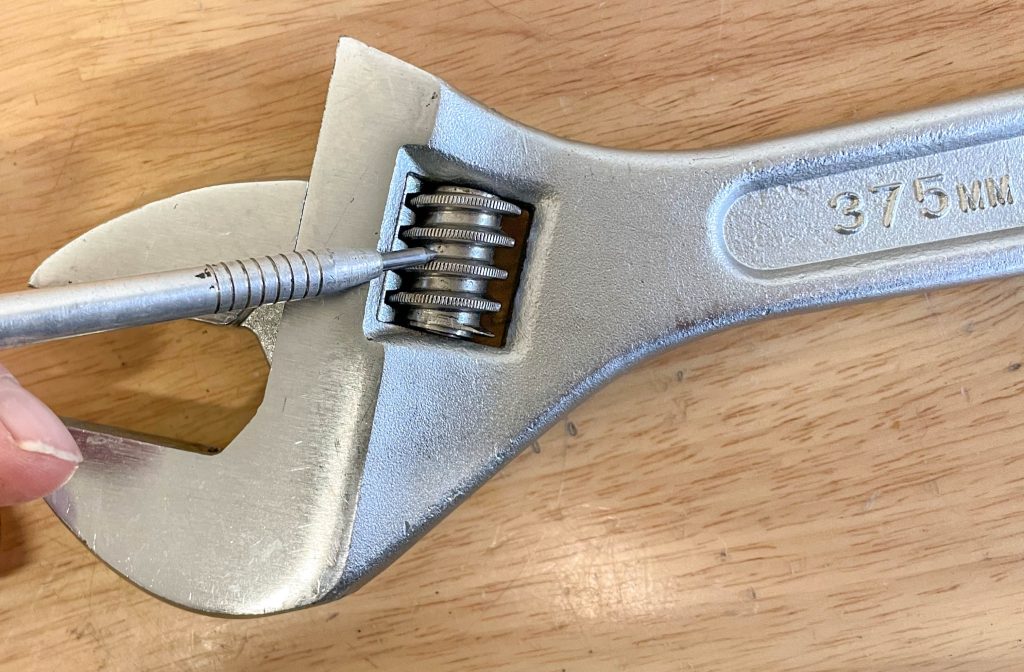
How to Choose the Right Adjustable Wrench for Your Project
When shopping for adjustable wrenches, you’ll find they’re often sold in sizes described in inches (for example, 8 inch, 10 inch, 12 inch). That spec refers to the overall length from the tip of the fixed jaw to the end of the wrench.
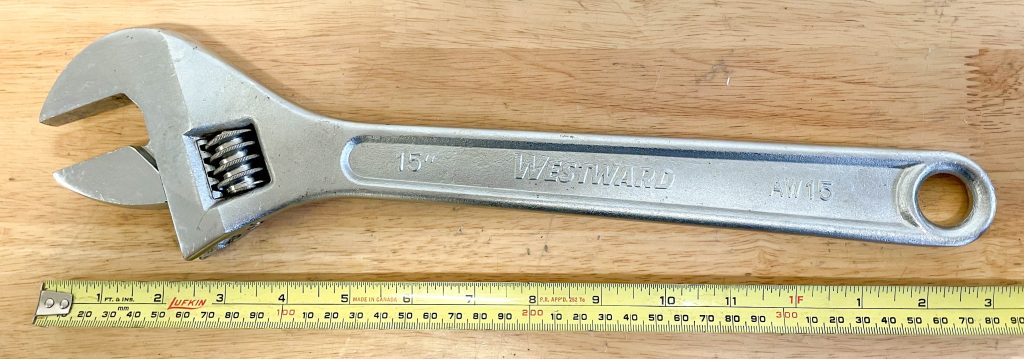
Some adjustable wrenches do not have a knurled nut. Instead, the jaws slide to size as you apply pressure to the tool. Here, the tool works in one direction. Other examples are called “spud” wrenches. The jaws are adjustable with a conventional knurled knob, but the handle is tapered to allow for aligning bolt or rivet holes.
You can even get adjustable wrenches in “wide mouth” configurations. As the name suggests, the jaws have a larger than normal width. Some examples are actually thinner than normal too.
It also be no secret to many that there are aluminum adjustable wrenches available. The idea here is to use them when working with aluminum AN fittings.
Get a closer look at each of these adjustable wrench designs in the following pictures:
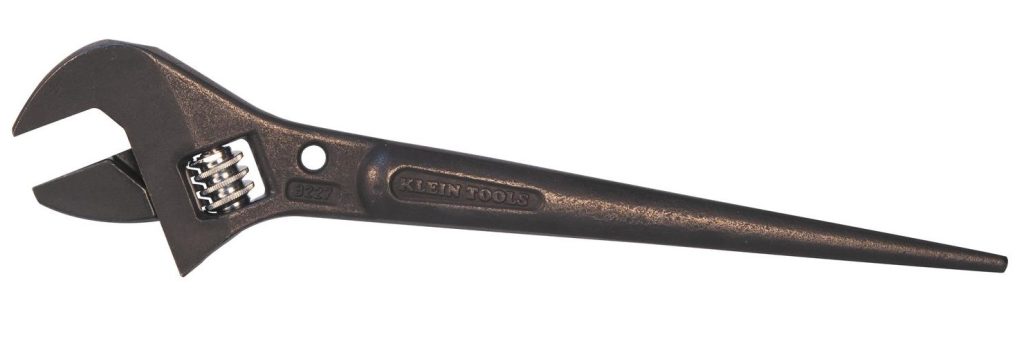

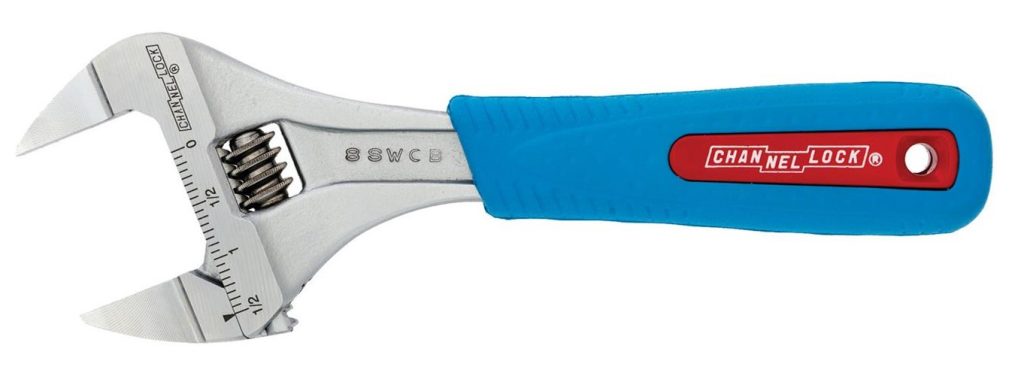


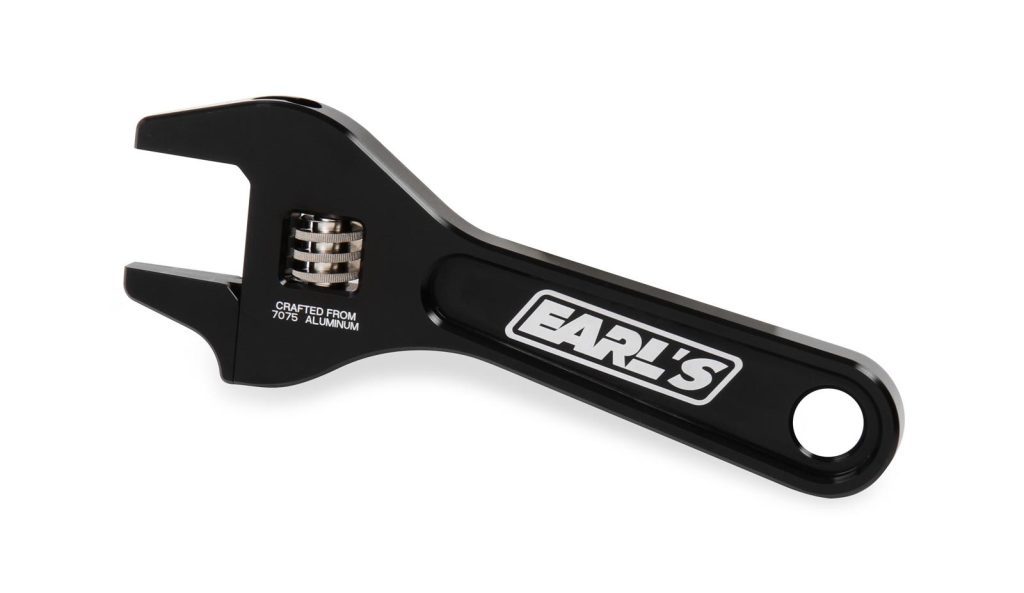

Comments